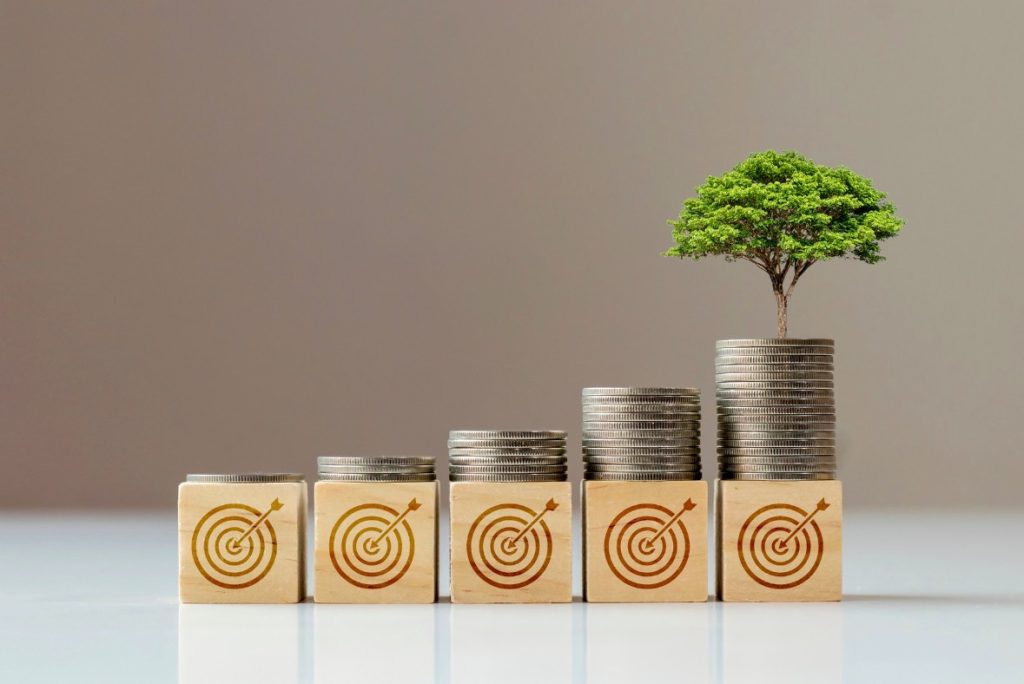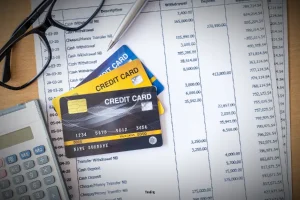Financial Goal Setting: Mapping Out Your Path to Achieve Short-Term and Long-Term Objectives
Setting financial goals is a critical step towards financial freedom. A recent survey from Bank of America revealed that 41% of respondents achieved their 2022 resolutions, with 80% already setting new financial objectives for 2023. Key resolutions included increasing savings, eliminating credit card debt, building an emergency fund, and planning for travel or vacations.
As we navigate through 2023, let’s delve into how you can shape your short-term and long-term financial goals.
Increasing Your Savings
Boosting your savings might be simpler than you think. Start by reevaluating where you’re stashing your cash. Traditional savings accounts may be convenient, but high-yield savings accounts or certificates of deposit usually provide higher savings rates. This adjustment can translate into significant growth over time as the power of compounding interest takes effect. Remember, every dollar saved is a step closer to your financial goals.
Moreover, consider automating your savings to ensure consistency and make the process effortless.
Eliminating Credit Card Debt
Paying off credit card debt is another popular financial goal. With average credit card balances standing at over $6,000 for most Americans, and interest rates hitting 19.04% in 2022, it’s clear why debt reduction is a priority.
Consider augmenting your income with a side hustle or reevaluating your budget to find areas to trim. The money saved can then be reallocated towards paying off the principal debt faster. Remember, every dollar paid towards the principal is a dollar saved from accumulating more interest.
Building an Emergency Fund
Building an emergency fund is a principal step towards financial resilience. A startling statistic reveals that less than half of Americans have sufficient savings to cover a $1,000 emergency. Aim to save 10%-12% of your income monthly, which should accumulate to six to twelve months’ worth of fixed expenses.
This cushion can provide peace of mind and financial stability when life throws you a curveball, be it an unexpected car repair or a medical emergency. Automating your contributions can help maintain consistency in building this fund.
Planning for Travel or Vacation
Traveling or taking a vacation is a cherished goal for many. With the consumer price index for airline tickets having jumped 25% in the past year, planning and saving for travel expenses is more important than ever. Leveraging travel credit cards for cash back, points, and miles can be an effective way to achieve this objective.
Additionally, consider setting up a separate savings account for your travel fund, contributing regularly, and monitoring travel deals and discounts to maximize your savings. Remember, the journey to your dream destination begins with the first dollar saved.
Saving for Retirement
Saving for retirement is a key long-term objective. Experts recommend saving 5% to 10% of your gross income for retirement, not including your emergency fund contributions. If you’re not already, consider maximizing employer-matching contributions in your retirement account to make the most of your savings.
If your employer offers a 401(k) match, not utilizing it is essentially leaving free money on the table. As retirement may seem a distant reality, it’s easy to procrastinate. However, the power of compound interest can turn even modest contributions today into a substantial nest egg over time.
Conclusion
Financial freedom isn’t a destination; it’s a journey that requires discipline, planning, and resilience. By setting clear goals and taking intentional steps towards achieving them, you can pave the path to a secure and comfortable financial future. Whether it’s saving for an emergency, planning a vacation, or preparing for retirement, remember that every small step counts.
Interesting Fact
The average credit card balance for most Americans is just over $6,000, with interest rates hitting 19.04% in 2022, the highest since 1985.[/vc_column_text][vc_toggle title=”How much should I save for my emergency fund?”]Aim to save 10%-12% of your income monthly, which should accumulate to six to twelve months’ worth of fixed expenses.[/vc_toggle][vc_toggle title=”How can I save for travel expenses?”]Using travel credit cards for cash back, points, and miles can help you save for travel expenses.[/vc_toggle][vc_toggle title=”What’s a good strategy to keep track of my financial goals?”]Consider using personal finance apps or software. These tools can help you track your expenses, savings, and progress towards your financial goals. They can also provide insights and recommendations to improve your financial health.[/vc_toggle][vc_toggle title=”How can I stay motivated while working towards long-term financial goals?”]Setting smaller, short-term goals can help keep you motivated on your journey to achieving long-term objectives. Celebrate each milestone, no matter how small, to appreciate your progress and stay motivated. Additionally, visualizing your goals and understanding the impact they will have on your life can also be a powerful motivator.[/vc_toggle][/vc_column][/vc_row]








